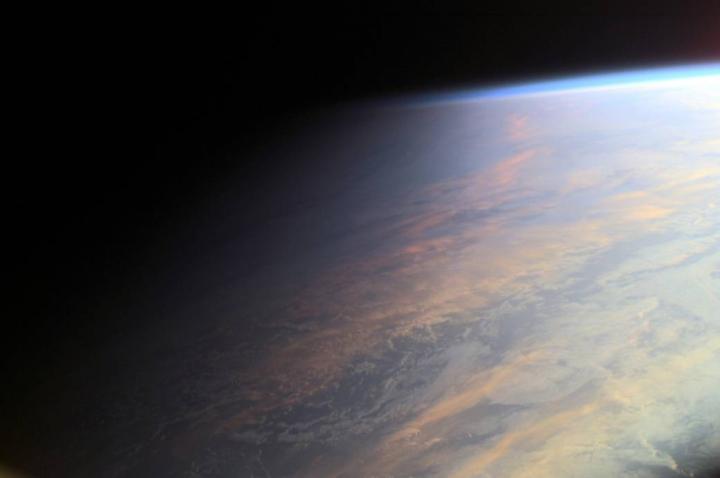
The Three Different Types of Twilight
ADVERTISEMENT
In your article, you state: "Civil twilight starts at sunset and ends roughly 45 minutes later, when the sun’s center has plunged six degrees below the horizon." However, the earth turns one degree every four minutes. Therefore, the earth will turn six degrees (or the end of civil twilight) in 24 minutes, not approximately 45 minutes as the article states.
Thanks to the editor(s) for clearing up twilight vs dusk in these comments. It was very confusing reading the article because it sounded like they were saying dusk and twilight are different but still use the 18, 12 and 6 degree measurements. So, it sounded like they were the same.
If they would have stated twilight begins when the bottom of the sun first hits the horizon, and dusk begins when the sun just goes below the horizon it would have been clear.
It should be obvious ("Elementary, Dr. Watson") that "twilight" also occurs in the morning, before sunrise. Should I presume that the scientific terms involving Civil, Nautical and Astronomical twilight use the same solar angular standards as for evening twilight? Or - - is there another word, other than "twilight" - - to describe the pre-dawn event?
Yes, twilight occurs before sunrise and after sunset, with the same stages (civil, nautical, astronomical) as described above, only in the reverse order. In the morning, astronomical twilight occurs first, then nautical, then civil, before sunrise.
Wondering...how to explain the Green Flash...
The article did little to describe the difference. It describes them as the same, but says they aren’t.
Twilight is the period of time between when the Sun first hits the horizon and when it finally sinks below the horizon, whereas dusk begins after the Sun is below the horizon. Twilight occurs directly before dusk.
So once the sun is fully below the horizon, it can be considered twilight and/or dusk?
If you are following the same definition for both—i.e., nautical twilight and nautical dusk—there will be no overlap between the two. However, if you are following mixed definitions—such as nautical twilight and civil dusk—then there is technically some overlap and it could be said that nautical twilight and civil dusk occur simultaneously for a period of time.
Just in case anyone else was curious as to pronunciation - I plugged into Dictionary.com - the "u" and "s" are inverted in article above (beg para 4). [kri-puhs-kyuh-ler]










